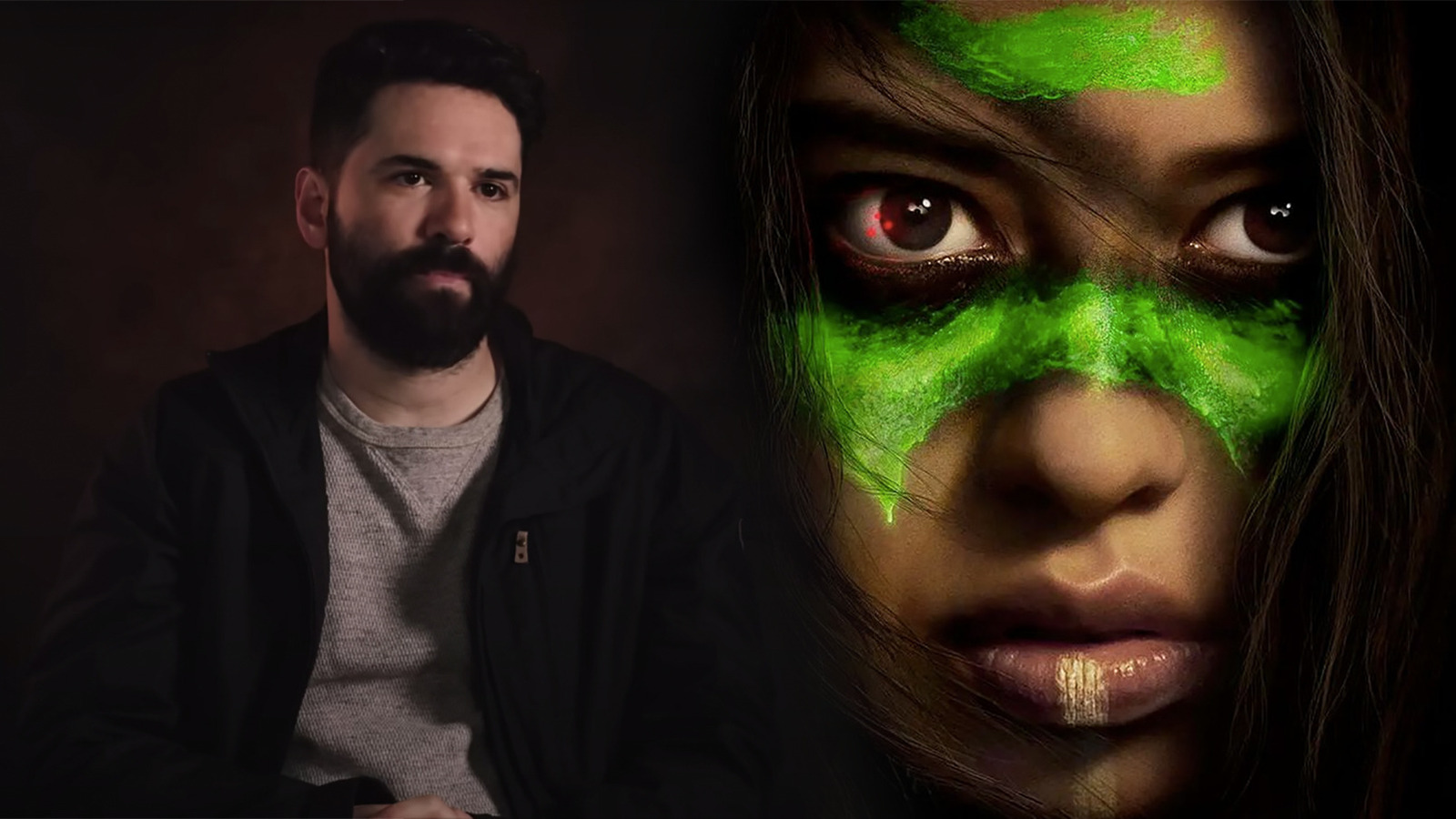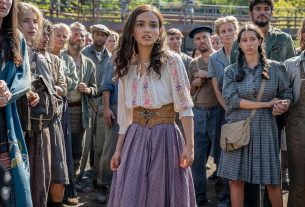
Did you have to push for “Prey” to get a physical release? Or did the success on Hulu just convince Disney they were probably leaving money on the table by not releasing this to get physical media hounds after it?
On the one sense, yes, I had to push. But in another sense, the fans pushed, and I let them push me into the studio, and I pushed on the studio. Then, the studio pushed what they need to push. It really came from the desire of everyone online saying, “We must have discs.” And then, frankly, the head of the studio is a rare breed, in that he’s a fricking movie nerd. This guy, [20th Century Studios President] Steve Asbell, felt the same, and he has lots of movie box sets, and he knew his “Predator” one would be incomplete if this one didn’t get a physical release. So here we are.
That’s the second great thing I’ve heard about Steve Asbell this week. Because I interviewed Brian Duffield recently, and he couldn’t have sung more praises about working with him on “No One Will Save You.”
Yep. You will hear that from any movie coming out of that place, especially genre film. Steve is a real movie lover, movie nerd.
Awesome. So I’ve read some other interviews, and you talked about how the pistol from “Predator 2” helped give you this connection back to the 1700s and kind of brought about the idea for the setting. But I was curious, how did you come to settle on the Comanche as the driving force of the narrative? Because there’s a variety of different paths you could have taken to do that in the 1700s, some even more direct. So what was it about the Comanche specifically that were just right for this movie?
Yeah, that came before the gun thought. I wanted to make an underdog story. I wanted to make a survival tale of someone proving themselves. [We] went to Native American, primarily, then, in thinking of where exactly to put the focus, Comanche, just in cinema history, have really been at the forefront of all the wrongheaded representation, from “The Searchers” to “The Lone Ranger.” “The Searchers” has a very famous shot that has been visually referenced countless times, where we pushed through the silhouette of the doorframe to reveal John Wayne coming and John Wayne leaving. So early in the movie, in “Prey,” we have a similar sequence of Naru with the teepee framing the sides of the frame, and we push past to directly reflect “The Searchers.”
So that, and the gender dynamics of that tribe in particular, made it essential that it be a Comanche story. I wanted the movie to be as early as possible. I really didn’t want it to be a Western, like we so often see Native Americans represented in that time period. I wanted to go back as far as we could. My initial thoughts were like, I don’t even know if white people would show up, and what could that be? Then, taking a shower, I started thinking about it, thinking it through, and I was like, “The gun! The gun over there, what date was on the gun?! What date was on the gun?” And then, I got out of the shower and quickly found the image at the end. I was like, “Oh, my God, 1715! Okay. So that’s when the movie is set.” The whole thing started to click into place. It’s like, “We’ll have fur trappers. They’ll pass the gun over to her.” Anyway, so yeah, that’s how it all came together.




